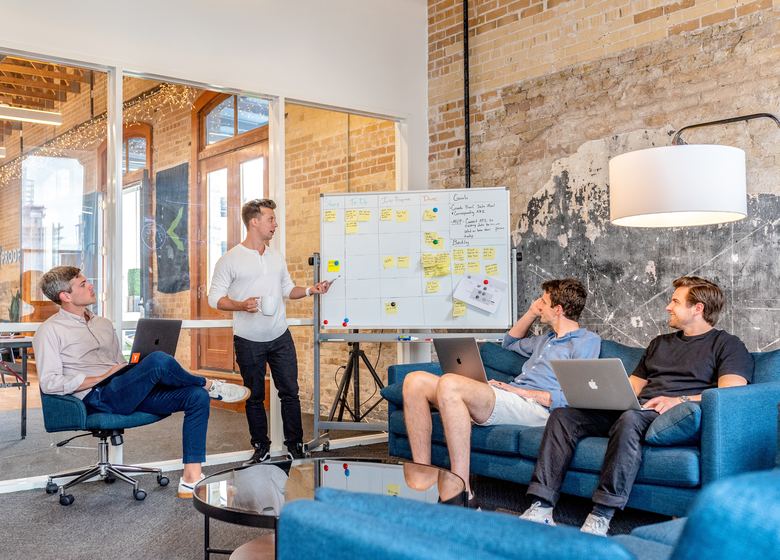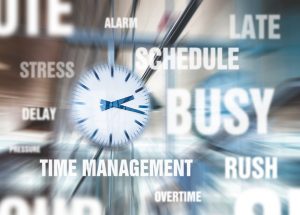It’s important for teachers, business leaders, scientists, and other professionals to learn how to conduct a workshop. A successful workshop brings new skills, knowledge and a sense of achievement to the students. The perfect workshop also gives students the ability to regularly connect and understand.
Right Way To Conduct A Workshop
Workshop Preparation
To ensure that your workshop is a valuable experience for everyone, follow these steps to conduct a workshop:
1. Define the Goals
Every workshop must have a goal. Do you need to improve your company’s hiring procedures? Or do you want to teach managers how to be better organizers? Do you need to do some team-building with a newly formed team?
Many workshops are a waste of time because there’s no clear goal kept at the center of the discussion. Without this clear goal, there’s really no point in getting people together.
2. Decide Who Will Attend
Knowing who’s going to attend is linked to your target. For example, if the aim of your workshop is to create a comprehensive solution to a problem, you are likely to want 10 or fewer main participants. If your aim is education-centered, you may be satisfied with a much larger group splitting into smaller groups for discussion.
Make a list of who needs to be there. Try to be as specific as possible, but leave a few openings for last-minute additions.
3. Choose the Right Venue
If you have 10 people, it’s possible that the conference room down the hall will be all perfect. But if you’ve got 50 people you might need to find a location outside that’s large enough.
Think about your workshop’s logistics and practical details when you select the location. Will they all be able to see your visual aids? Will the place support it if you need a certain technology such as teleconferencing? Are there suitable facilities for breakout sessions? Will they all be able to reach the venue? Are you going to have to organize accommodation for people coming from a long-distance? And what are the catering facilities provided by the venue?
4. Make an Agenda
Now that you know your primary goal and who will attend, you can begin to outline how you will achieve the goal of the workshop.
Main Points–Create a list of key points that you want to cover, and then break down every major point into information that you want to convey to your audience.
Visual aids–List the visual aids that you will use for every point if any. If you need technical support, it helps the people who provide it to decide where they need to focus their efforts.
Discussions and activities–Take time to outline precisely which group discussions and activities at which stage in the workshop you will have. How much time are you going to allow for each exercise? Make sure that your events are suitable for the size of the group and ensure that your venue has the facilities (e.g. Meeting rooms) needed to run the sessions.
5. Create A Follow-up Plan
Having an effective follow-up plan is the only way to find out if your workshop has been a success. Develop a survey at the end of the event to provide all participants with plenty of chances to share their views on how well it went. While this may be a little frightening, for the next time it’s the only way to learn –and improve.
Having a plan to communicate the decisions reached during the workshop is also important. Can you send a mass email with the information to everyone? Will you put it on the intranet of your company? People need to know that their hard work has actually led to a decision or action, so keep them informed about what happens after the workshop is over.
How To Involved People During Workshop
Figure out how to add some fun to your event once you have a good advance plan. You know the subjects you want to discuss, but how are you going to make the information fun and unforgettable for your team?
A good workshop is a key to getting everyone involved. When you get up and talk for three hours, you’re just giving a lecture–not making a seminar better. Everyone has to be active.
For each workshop, the development of group exercises is different. Keep in mind the following tips:
- Most people are nervous about talking in a new group or in public. When you organize group activities, keep the size of each team small, allowing people to talk and communicate more easily.
- In each group combine different types of people. For example, if your team includes many departments, don’t place members of the same department in their own group You will learn to look at things from different viewpoints by allowing people to interact with other departments.
- Determine how each group’s ideas will be documented. Will the participants scream at them as you write them down? Or are they going to write down their own ideas and send them to you? This is a small detail that is often ignored, but significant.
- If you have five or fewer teams, spend time encouraging the whole team to discuss that smaller group’s idea. This is a perfect way to narrow down the ideas list and really let the good ones shine.
So, if you are also planning to conduct a workshop, consider these tips to make it successful
Remember, spend as much time creating fun and interesting group exercises as you can. These are likely to keep everyone informed and active.
Also Read: Importance Of Appreciation At Work













